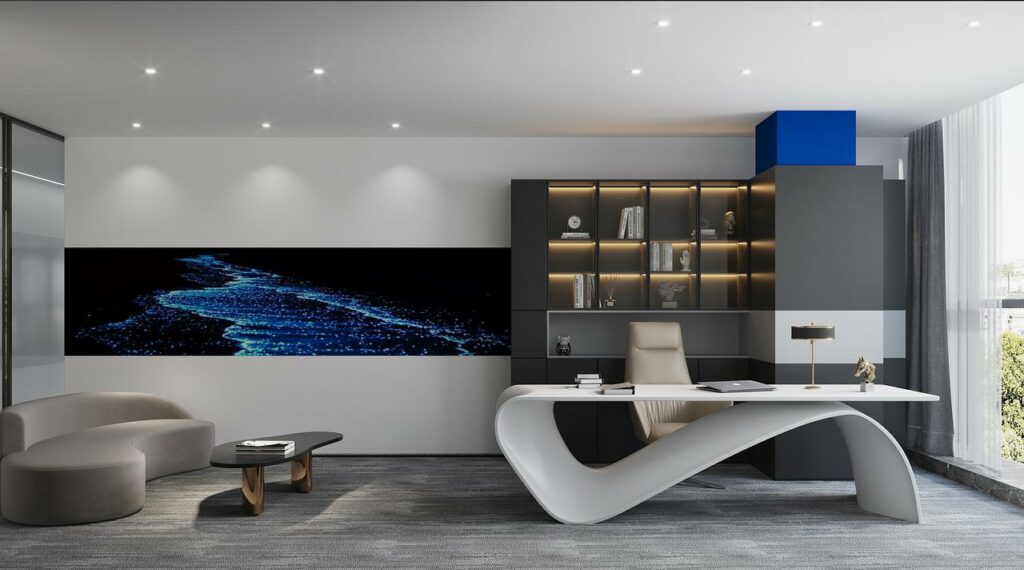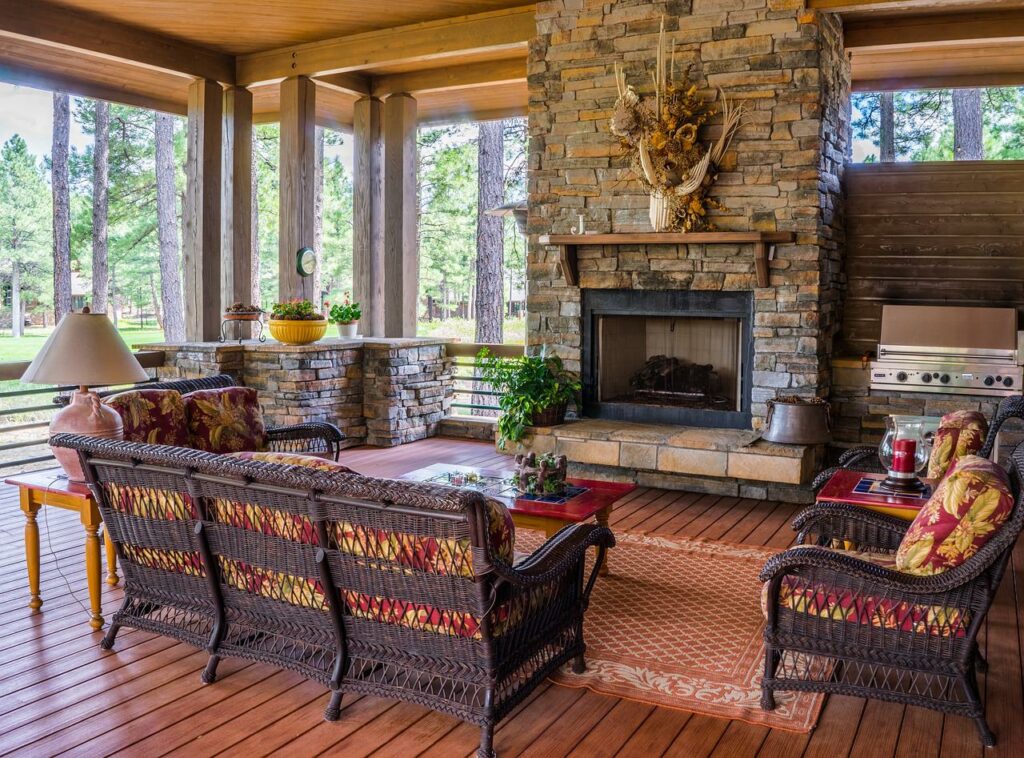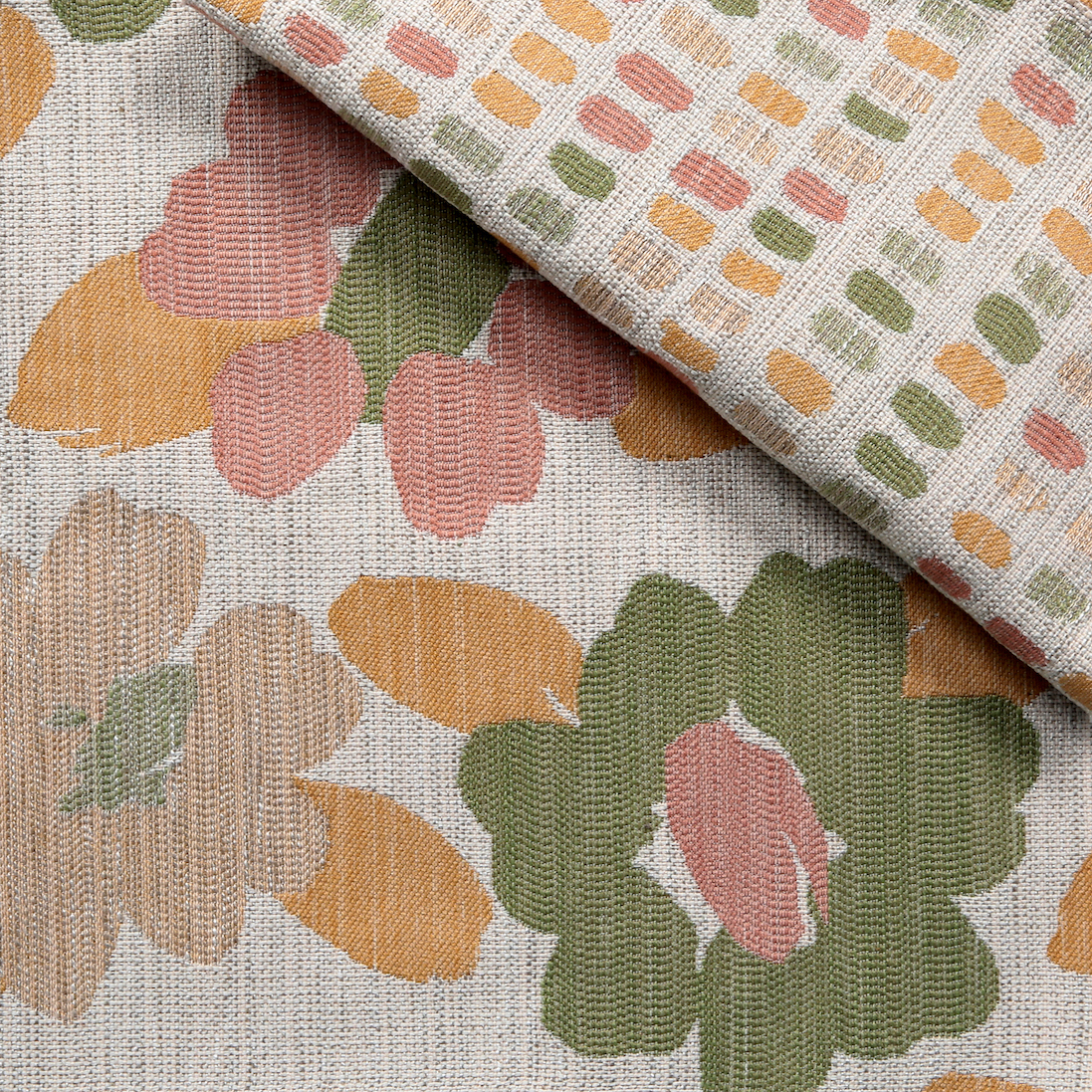Early in the pandemic, people turned any available room into a home office/classroom and folks discovered that entertaining outdoors was kind of nice, there were a lot of predictions about how home design would change.
Looking at which of those changes having staying power can help retailers better plan their product assortments.

1. More space
The National Association of Home Builders says the pandemic reversed a trend toward smaller homes that had been driven by baby boomers downsizing and millennials’ desire for houses that were more manageable, both financially and in terms of upkeep.
New home sizes hit a peak of roughly 2,700 square feet in 2015 but then slowly declined to 2,450 in 2019. In 2020, homes began to grow slightly larger again, reaching 2,524 square feet in 2021. In the first quarter of 2022, the average size of a new home crept up again to 2,561 square feet. At the same time, the percentage of new homes with 4-plus bedrooms is up 46% and the number with 3-plus bathrooms grew 34%, according to an NAHB report released earlier this year.
The trend is being led by millennials and Gen Xers, who, in part are seeking homes to accommodate multiple generations of their families, perhaps adult children who aren’t ready to leave the nest or aging parents, the NAHB says.
Generational differences should be noted. Baby boomers nearing retirement age or already there continue to prefer smaller homes. So, retailers serving that customer base may want to focus on multifunctional pieces that make the most of space, as well as smaller scale furnishings.
2. Functional rooms
Even many workers who’ve returned to the office plan to work from home some of the time, and leaving home to go to a crowded gym seems to have permanently lost its allure for many people. Interest in home offices and exercise rooms is strong, NAHB says.
In February, Realtor.com found that when it comes to home offices, the space doesn’t have to be big. It just needs to be clearly separated from other rooms. (Decor News Now will look at some great new pieces to furnish home offices in our May 18 newsletter.)
3. The great outdoors
More than six in 10 new single-family homes have patios now, according to NAHB. And outside living spaces — patios, porches, decks — are among the top five amenities desired by consumers. (The other four are laundry rooms, exterior lighting, ceiling fans and walk-in pantries.)

And people want those outdoor spaces to be functional, comfortable and great looking. That means screens for movie nights and watching big games, fire pits and outdoor kitchens, says Realtor.com. Folks also want to be able to enjoy time with friends and family without the neighbors looking in on them. So, interest in features like landscaped privacy screens, fences, and fabric shades is high.
A recent trend overview by consumer financial services company Bankrate found homeowners also want their indoor and outdoor spaces to be aesthetically linked, with similar colors and furniture styles for seamless indoor-outdoor living. There’s an opportunity there for retailers to create online lookbooks and in-store vignettes that show such transitions—and to stock pieces that function well in both worlds. Manufacturers introduced a host of them at the Spring High Point Market.
4. Flexible spaces
The pandemic ushered in heavy use of another p-word: pivot, as people learned to quickly adapt and make changes to their ways of living. Early on, as families were forced to stay home together, some observers thought homeowners’ preferences for open floor plans may begin to wane. Bankrate found that not to be the case.
People still like open floor plans, but room sizes are shifting from more cavernous to more intimate, Bankrate reports. And homeowners want their spaces to be more adaptable. Screens and moveable bookshelves that give a sense of demarcation are one solution. Architects and builders also may begin to incorporate moveable walls, Bankrate says.
In general, post-pandemic, people are thinking of their homes as true “living” spaces, where they work, entertain, spend time with family and retreat from the world so they need them to be as functional as possible. Think attractive storage solutions to keep clutter out of sight, entertainment centers to gather round, cozy sectionals for cuddling up, and stylish motion seating for relaxing.



